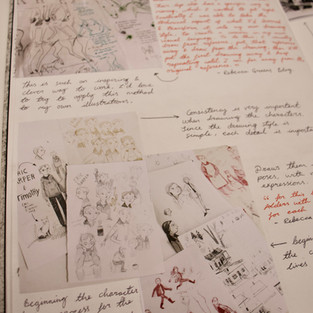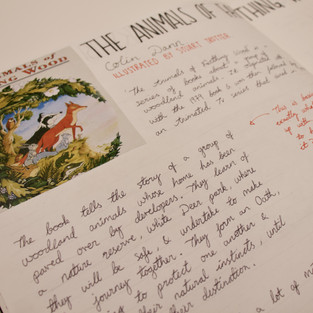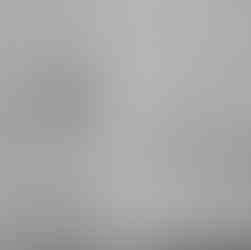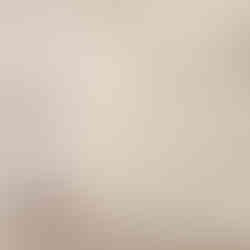- Jun 30, 2022
- 2 min read
On the 18th June I got to be a part of Stwff Market in Cardiff! It was a whole lot of fun meeting some amazing artists & getting to see my customers face to face! I really loved the experience, but I was a little nervous and unsure of what to expect.
I've put together a (slightly awkward) vlog of my experience, including prep, my table set up and how it went on the day! You can watch it below, or just keep scrolling to see a round up of my tips & tricks!

















































































